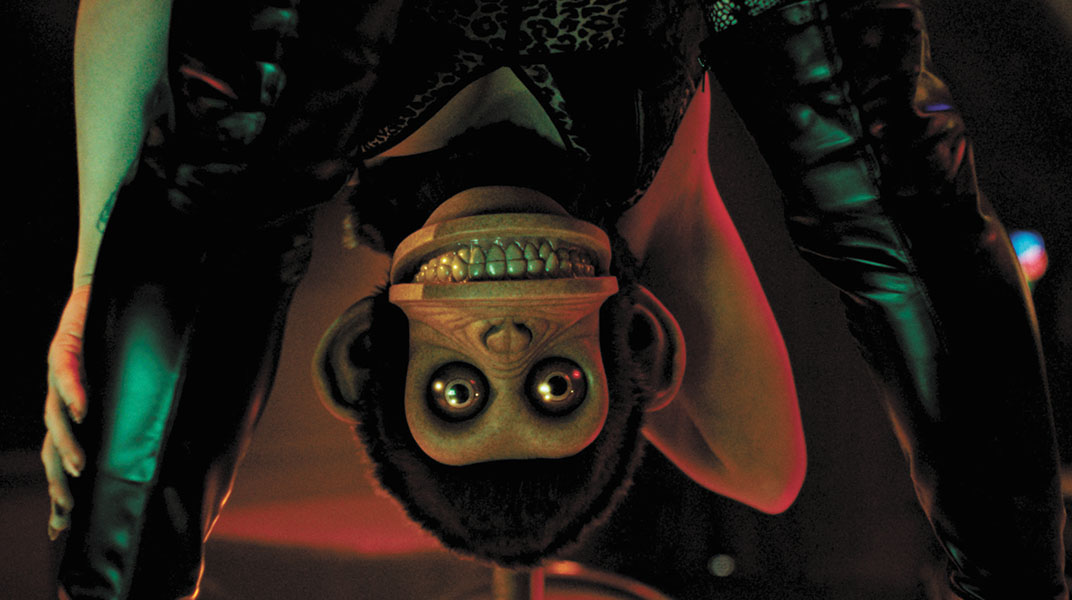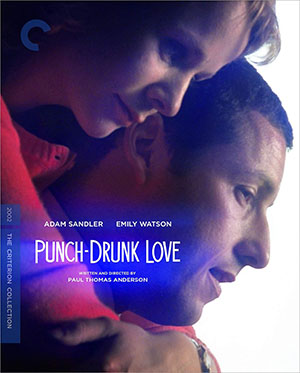The video game “Subnautica” by Unknown Worlds Entertainment and others is a survival game with a decent amount of debate around its genres. It has a lot of sci fi, a bit of straight fiction, a bit of horror, you could probably argue a couple others as well.
“Subnautica” takes place on a planet called planet 4546B in the Andromeda Galaxy in the late 22nd century. “Subnautica One” starts out with the main character, Ryley Robinson, crash landing on the planet 4546B. This planet is full of life and is pretty much all ocean. From your life-pod, you begin to explore the waters, build tools, and survive until a rescue ship arrives.
During your travels, you learn that another ship crashed before you, called the Degasi. There were three survivors, but none of them survived long enough to meet you. The ruins from both the Degasi and your ship provide valuable resources, blueprint recipes, and audio clips that further the story.
When the rescue ship finally arrives, it quickly gets shot down by a large laser originating from a very advanced alien base. Venturing into the base, you learn that you are infected with the Kharaa Bacterium and that the laser is a quarantine method set in place to prevent the virus spreading to other planets.
Your new goal: find the cure and build yourself a way off the planet. And you do just that, taking Ryley through deeper and deeper biomes, discovering new lifeforms, blueprints for tools and vehicles and more alien bases. You learn that the aliens, called Precursors, brought the Kharaa Bacterium to planet 4546B as they traveled to various planets to find a cure.
They did find the cure inside of one type of leviathan (large sea-based lifeform) but only one of those leviathans was still alive. She was an adult, but the precursors needed juveniles to produce the cure, since they produce it in much larger quantities. They imprisoned her, hoping to find a way to hatch her eggs. But during their studies, samples of the bacterium escaped and caused an outbreak across the planet. The precursors ended up evacuating the planet before getting the cure from her and she is left to die in her containment unit.
Eventually you find her, with the help of her telepathic messages, and she asks you to hatch her eggs so they can escape the containment unit and live free in the wild to spread the cure throughout the ocean themselves. Soon after you receive the cure, you can disarm the large laser, build a spaceship and head back home.
“Subnautica” is an amazing example of speculative biology/evolution. As soon as you get dumped into the oceans of 4546B, you are surrounded by lots of new life forms. One of the main tools, the scanner, allows you to scan all the flora and fauna around you to learn about the ecosystem. A majority of the life forms use bioluminescence, even close to the surface (on Earth, bioluminescence is primarily found deeper underwater) which makes the world just so much more beautiful to explore.
These creatures are also the main reason you could put “Subnautica” in the horror genre, as large leviathans surround some of the vital areas of the map. The leviathans emit loud eerie calls before charging at your character. These alien ecosystems that can be found in a lot of my favorite games, movies, and other media are called speculative biology/evolution.
“Subnautica” does an amazing job displaying this type of theory science by putting you into a new world and letting you study the wildlife yourself. When you scan a living thing using the scanning tool, it will display a database entry with interesting information about that creature or plant.
In addition to finding animals out in the wild, you can also raise some of your own. If you find an egg on the ocean floor, you can bring it back and hatch it. One type of animal can only be found if hatched by the player; it will not spawn in the ocean. This animal hatches into a very intelligent and friendly – almost dog-like in behavior- and imprints on your character.
A lot of the stuff in this game isn’t scientific, like the telepathic link of the leviathan who produces the cure, or the teleporters that can be used to travel in the near end of the game, but a lot of it is described as very futuristic technology (it could be possible one day). For the most part, I think they explain all the mechanics in a reasonably scientific way for it to be considered sci-fi and not just fiction.


























